The Chapel Gallery is a permanent gallery space offering opportunities for students of St George Christian School and the wider community to connect, engage, learn, and create. Featured exhibitions work to complement the New South Wales Department of Education K-12 curriculum.
The Chapel Gallery sits at the heart of our Hurstville Campus. The building holds special significance to the community as it is one of the few examples of Gothic Revival church architecture still standing in the local area.
In addition to its architectural significance, the Mayoress of Kogarah, Mrs Ada McPherson, laid the foundation stone for the Woids Avenue Congregational Church in 1901. The building has been known by several names including the Bellevue Congregational Church and the Allawah Uniting Church. Church services ceased in the building in 1995, when the building was decommissioned as a Church and St George Christian School acquired the property.
In 2021, work commenced to restore The Chapel to its original state, as a stand-alone building, acknowledging our foundations and symbolising Christ and the “Church” are at the heart of our School.
We anticipate the gallery program will evolve over time and include exhibitions, lectures, performances, and other special activities and events both for our students and the wider community.
We look forward to welcoming the wider community back to The Chapel, to engage with our public exhibition and performance program.
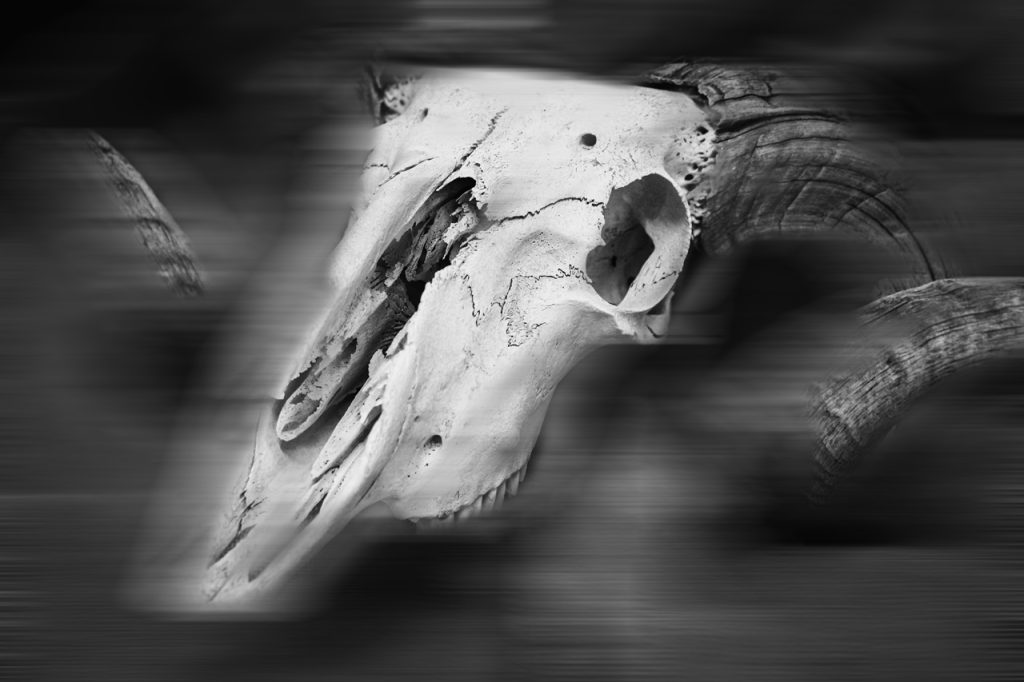
A collection of works by Year 11 Visual Arts Students of St George Christian School
6 April – 20 June 2025
‘Still Narratives’ delves into the hidden stories embedded within everyday objects. The collection of artworks explore how seemingly ordinary items carry with them untold histories, emotions, and memories. By examining the interplay between object and narrative, ‘Still Narratives’ invites viewers to reconsider the significance of the objects that surround us, revealing the rich, often forgotten tales that lie beneath their surfaces.

Garry Shead & Luke Johnson
20 February – 27 March 2025
KANGAROO UNBOUND is a poetry-art exhibition featuring etchings and collagraphs from Garry Shead’s iconic D.H. Lawrence series, as well as recent poems written in response to those works by Wollongong writer and academic Dr. Luke Johnson.
The exhibition stems from D.H. Lawrence’s three-month visit, with wife Frieda, to Thirroul in the 1920s where he wrote the novel Kangaroo. In the 1990s, Shead drew inspiration from the novel to produce a series of works that consolidated his national and international reputation as a major Australian artist.
The exhibition also explores the way people are influenced by, and draw inspiration for their creativity, from each other.
Kangaroo Unbound is a touring exhibition from the University of Wollongong.
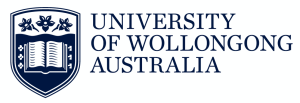
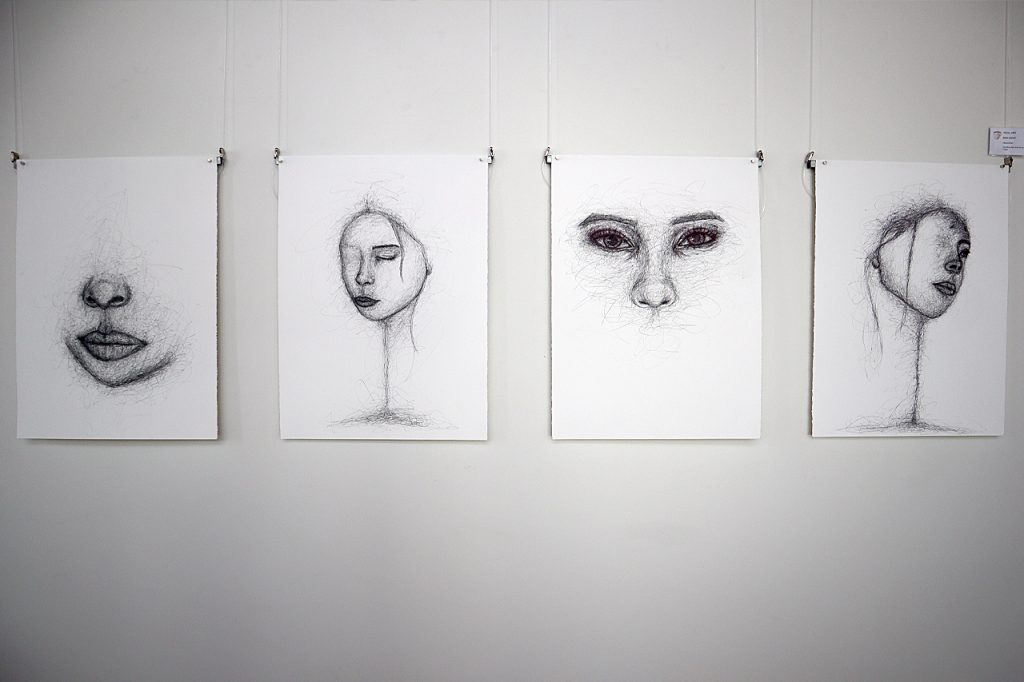
Year 12 Visual Arts Class of 2024
BOW Exhibition
25 November – 5 December 2024
Our Year 12 Visual Arts Class of 2024 have returned to school to showcase their completed Body of Works in The Chapel Gallery. The exhibition, titled Curtain Call, features extraordinary work, from ten students, in a range of mediums including painting, ceramics, drawing, painting, printmaking, sculpture, and mixed media.
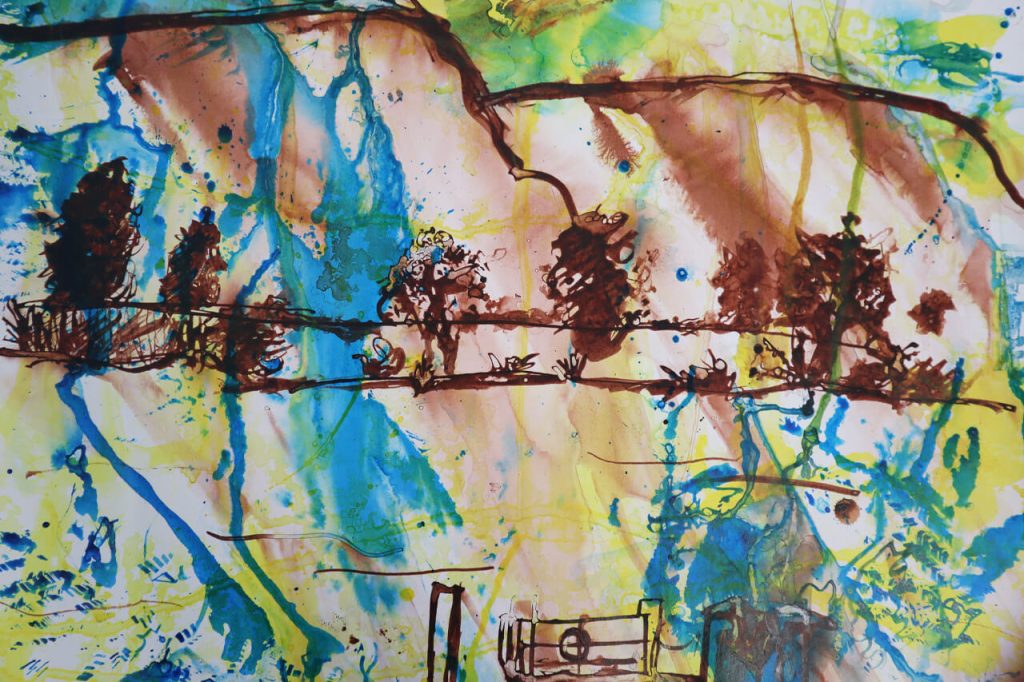
A collection of landscape works by Year 9 – Year 11 Visual Arts Students
of St George Christian School
15 October – 15 November 2024
This exhibition celebrates the creative talents of Years 9 -11 Visual Arts students
of St George Christian School as they explore and respond to a range of unique
landscapes through printmaking, drawing, painting, mixed media and sculpture.
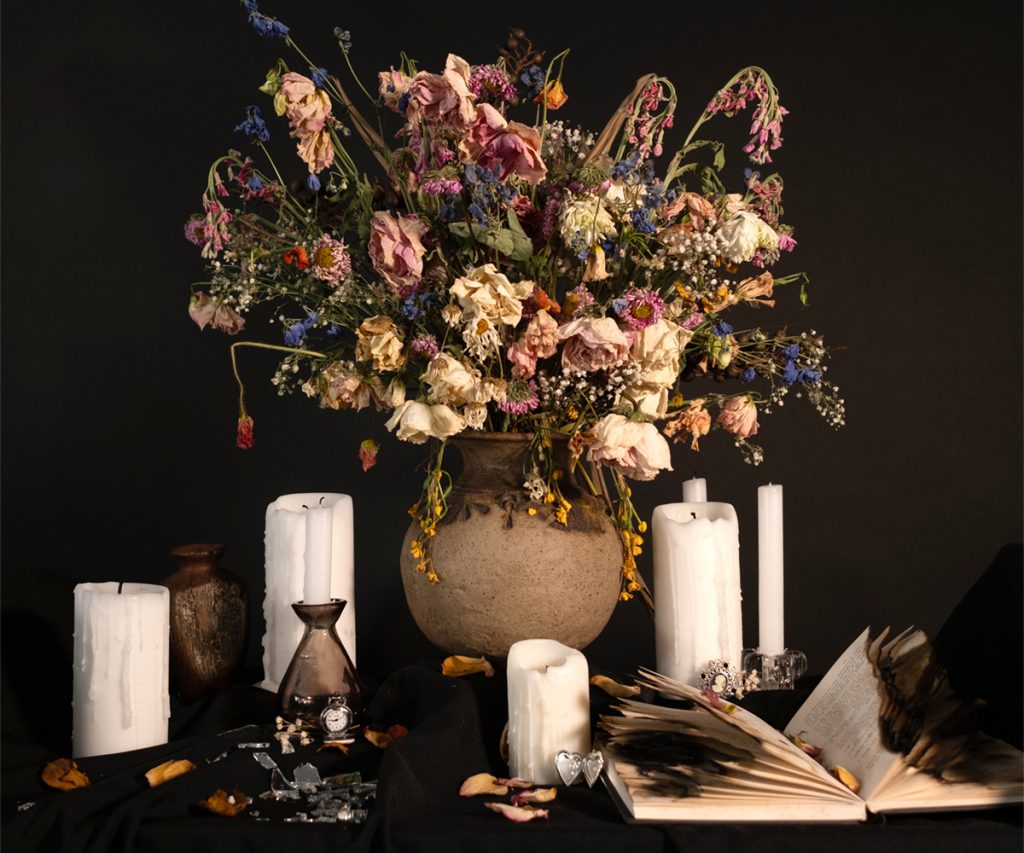
14 – 15 August 2024
This event is a celebration of the creative and expressive works of Year 12 students, featuring performance and Major Projects as they approach completion. The subject represented include Drama, Music, Visual Arts, Industrial Technology – Multimedia, Industrial Technology – Timber, Software Design and Development, English Extension 2, History Extension and Mathematics Extension 2.
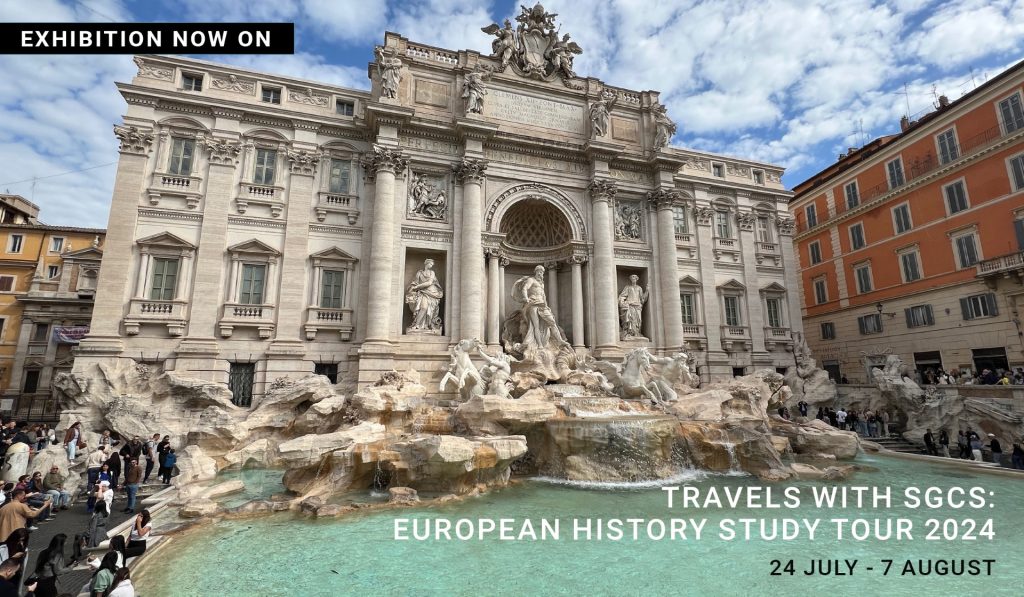
European History Tour 2024
24 July – 7 August 2024
This in-house exhibition focuses on our European History Study Tour in April 2024, which saw 25 SGCS students accompanied by 4 staff, visit France, Germany and Italy. Explore what our students discovered on their tour, though collections of photographs, films, sketchbooks, and other ephemeral material.
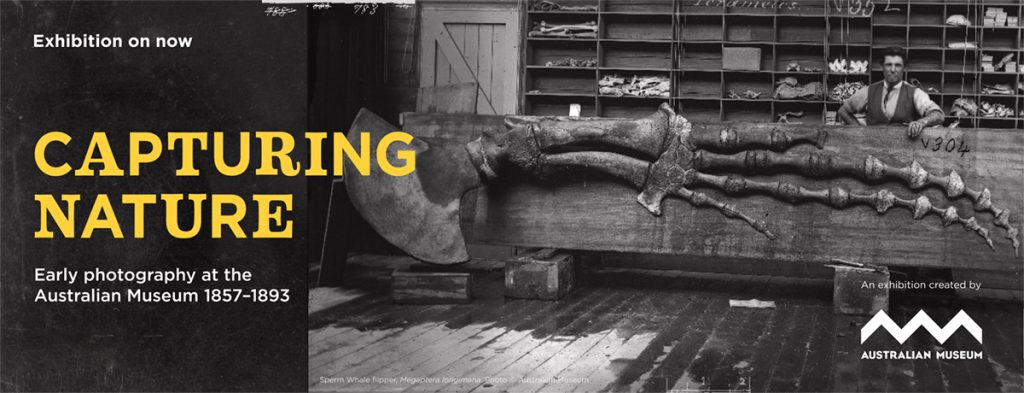
Early Photography at the Australian Museum 1857-1893
16 May – 26 June 2024
In Capturing Nature, we travel back to a time when photography was revolutionising science, art and society.
A selection of large-format photographic prints, taken from the Australian Museum’s extensive archival collection of glass plate negatives, showcase the scientific discoveries of Australian Museum scientists between the 1850s and 1890s, while also telling the story of the advent of photography in our country.
The exhibition features a range of extraordinary images from a large sunfish and the flipper of a sperm whale to a gorilla and the fragile bones of a flamingo.
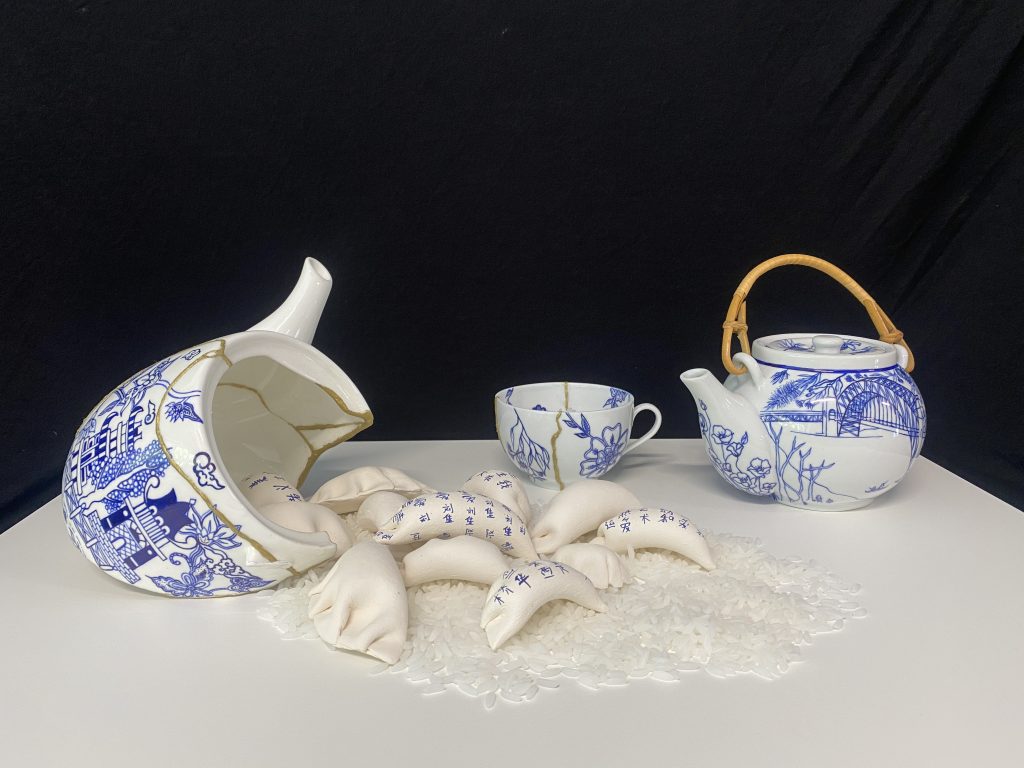
Year 12 Visual Arts Class of 2023
BOW Exhibition
14 – 21 November 2023
Our Year 12 Visual Arts Class of 2023 have returned to school to showcase their completed Body of Works in The Chapel Gallery. The exhibition, titled Curtain Call, features extraordinary work in a range of mediums including painting, ceramics, drawing, painting, printmaking, sculpture, and mixed media. Curtain Call will be on display in The Chapel Gallery for one week only.
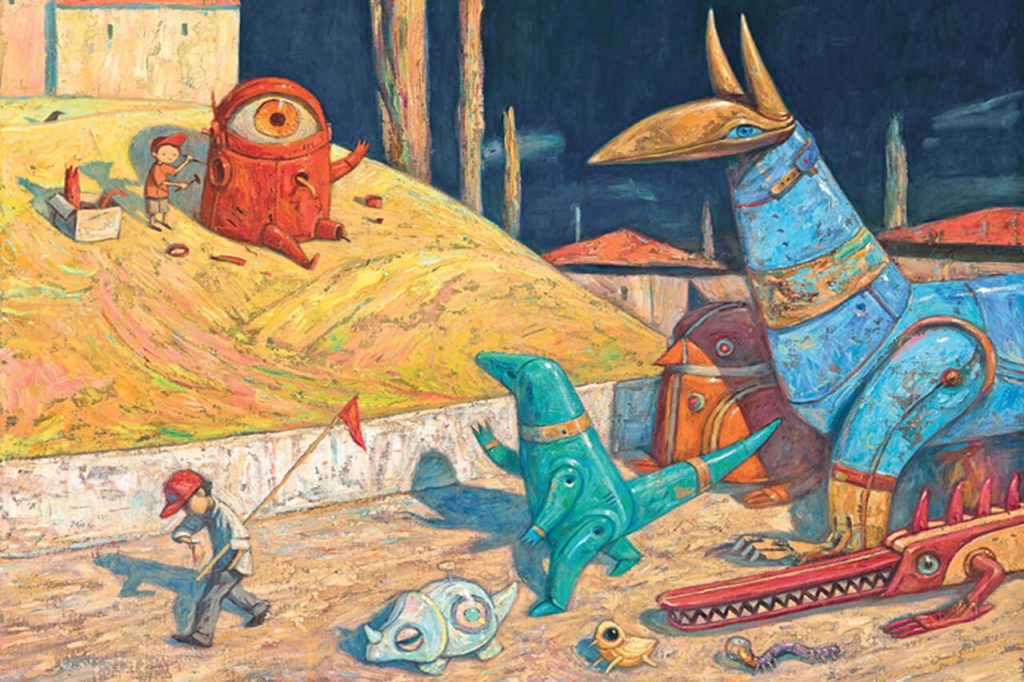
An exhibition of book illustrations by Shaun Tan
10 October – 10 November 2023
This Books Illustrated exhibition features a collection of illustrations from Shaun Tan’s best-known picture books including The Arrival, The Red Tree, The Lost Thing, Rules of Summer, The Singing Bones, Cicada and Tales from the Inner City.
Through this selection of brilliant images, as varied and fascinating as their narratives, it celebrates Shaun Tan’s unique approach to storytelling.
About the artist
Shaun Tan is one of Australia’s most celebrated children’s book author illustrators both in Australia and overseas.
His books including, The Lost Thing, Cicada and The Arrival, have been internationally recognised for breaking new ground in children’s book literature.
Shaun has also worked as a theatre designer and as a concept artist for the films, Horton Hears a Who and Pixar’s WALL-E. He directed the Academy Award-winning short film The Lost Thing, based on his award-winning picture book of the same name, with Passion Pictures Australia.
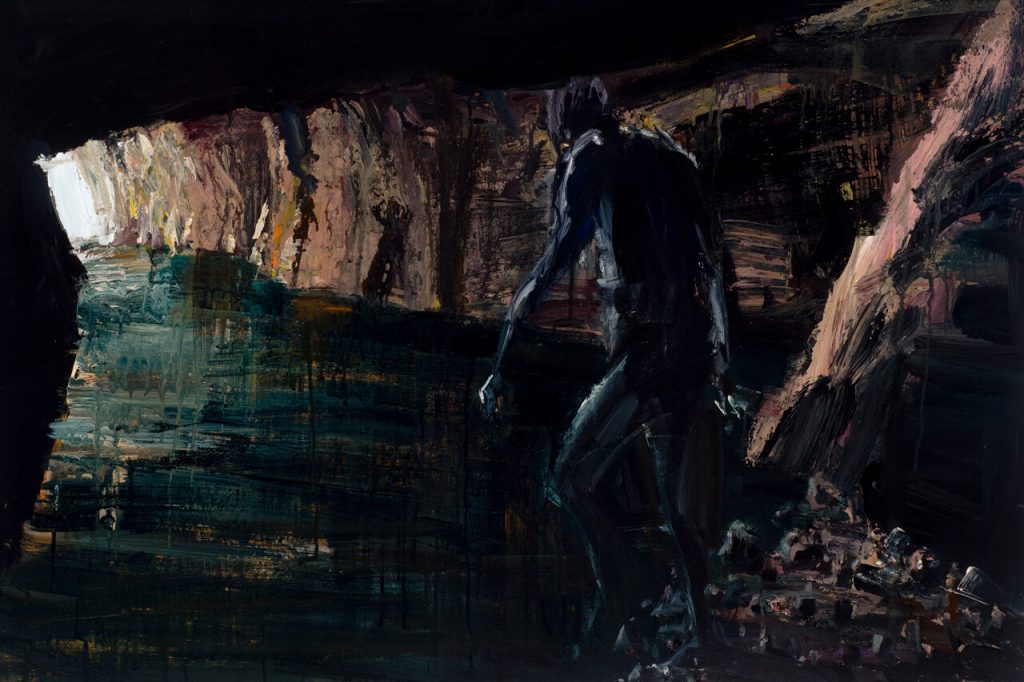
1 – 22 September 2023
Presented by 3:33 Arts Projects Young Curators, St George Christian School and Dulwich High School of Visual Arts and Design
Our inaugural exhibition, Euan Macleod, Chasing Light, is part of the 3:33 Arts Projects, Young Curator Program, founded by Max and Gabby Germanos. Our School was partnered with artist Euan Macleod and Dulwich High School of Visual Art and Design (DHSVAD).
Year 11 Students worked together in a small group, under the guidance of School staff, to curate an exhibition of the artist’s work. It is a collaborative project giving students the opportunity to learn about creative professions, be inspired by art and art spaces, and develop their skills in a wide range of areas.
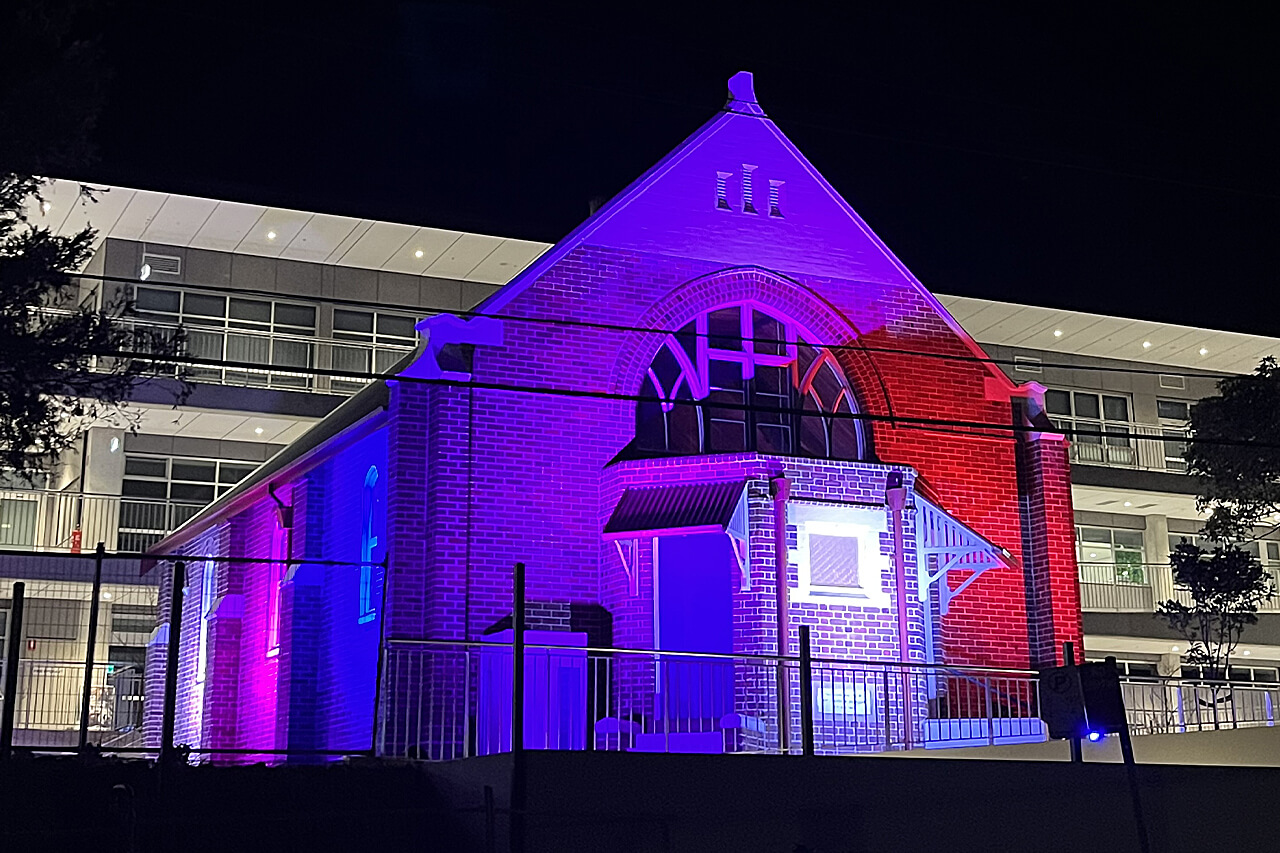
The Chapel Gallery is located at the
St George Christian School’s Hurstville Campus
Please check our website or Instagram for opening hours, prior to visiting, as they may vary due to exhibitions on show and School Term and Vacation periods.
Complete the form below to become a friend of The Chapel Gallery and recieve information and notices of events for the Chapel Gallery.
Weekdays By Appointment: 8.00am – 4.00pm
St George Christian School, Hurstville Campus
Enter via Gate 9, Main Reception, 70 Bellevue Parade,
Hurstville Campus
Main Reception
(02) 9547 2311
St George Christian School
70 Bellevue Parade, Hurstville
PO Box 144 Ramsgate NSW 2217
We recognise that all country is God’s country.
We acknowledge the Bidjigal people of the Eora nation, the Traditional Custodians of this land, where the river meets the sea, and on which our School is built.
We pay our respects to Elders past, present, and emerging, and extend that respect to all Aboriginal and Torres Strait Islander peoples.
The Chapel Gallery is owned and operated by St George Christian School.
St George Christian School (SGCS) is a K-12 co-educational Sydney School with a reputation for strong academic outcomes, intentional pastoral care and a disciplined and warm environment. Our devoted staff strive to make a difference in the life of their students.
St George Christian School Ltd | ABN 60 002 690 833
© 2023 St George Christian School | website by Create4







































